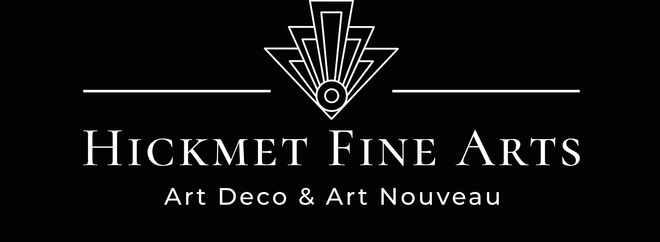A striking early 20th Century French clear and opalescent glass plate with a striking geometric Art Deco scallop design, exhibiting fine colour and excellent detail, signed
R Lalique France
Coquilles Assiette No.2
Catalogue Number: 3010
Signature Identification: “R. Lalique France” wheel cut signature to centre
Date Introduced: 1924
Dimensions: 26.7 cm Diameter
Felix Marcilhac Catalogue Raisonné Page 701
Sorry, this item has been sold. If you would like information about similar items please contact us on 07971850405 or make an enquiry via email.
ADDITIONAL INFORMATION
Diameter: 26.7 cm
Condition:
Excellent condition
Circa: 1930
Materials: Clear and Opalescent Glass
Book Ref: R.Lalique – Catalogue Raisonné by Felix Marcilhac
Page No. 701
SKU: 6231
ABOUT
Lalique Coquilles
Lalique Glass
René Lalique (1860-1945) began his career as a jewellery apprentice at the age of 16, and by 1881 he was a freelance designer for many of the best-known Parisian jewellers. In 1885, he opened his own workshop on Place Gaillon in Paris, the former workshop of Jules Destape. In 1887, Lalique opened a business on Rue du Quatre-Septembre, and registered the "RL" mark the following year. In 1890, he opened a shop in the Opera District of Paris. Within a decade, Lalique was amongst the best-known Parisian jewellers.
Oiseau de Feu (Firebird), 1922
In 1905, Lalique opened a new shop at Place Vendôme which exhibited not only jewellery, but glass works as well. It was close to the shop of renowned perfumer François Coty; in 1907, Lalique began producing ornate perfume bottles for Coty. The production of glass objects began at his country villa in 1902, and continued there until at least 1912. The first Lalique glassworks opened in 1909 in a rented facility in Combs-la-Ville, which Lalique later purchased in 1913. In December 1912, Lalique hosted an exhibition of Lalique Glass—as his glass would come to be known—at the Place Vendôme shop. During the First World War, the glassworks produced mundane items in support of the war effort. In 1919, work began on a new production facility in Wingen-sur-Moder, which opened in 1921. From 1925-1931, Lalique produced 29 models of hood ornaments; a mermaid statuette first produced in 1920 was also later sold as a hood ornament. During the 1920s and 1930s, Lalique was amongst the world's most renowned glassmakers.
René Lalique died in 1945. His son Marc Lalique took over the business, operating initially as "M.Lalique" and later as "Cristal Lalique". Under Marc's leadership, the company transitioned from producing its famous Lalique Glass to producing lead glass, commonly known as crystal. Marie-Claude Lalique took control of the company following Marc's death in 1977. It was sold to Pochet in 1994 and to a partnership of Art & Fragrance and the holding company Financière Saint-Germain in 2008. Since 2010, Cristal Lalique has been wholly owned by Art & Fragrance.
Time line from the Lalique website
To view more René Lalique items like this Lalique Gui Vase click here.











